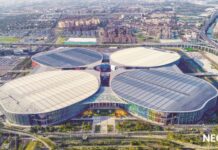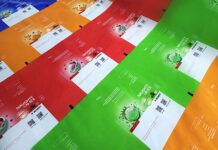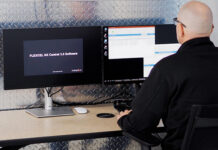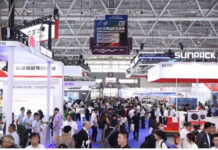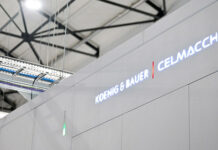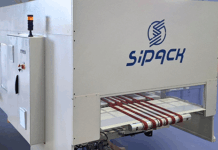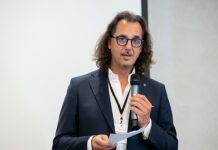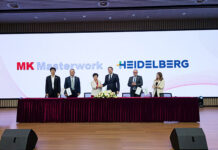SPQ technology reduces ink and solvent consumption while simultaneously optimizing print quality – with its innovative SPQ technology for flexo printing, SÜDPACK already offers potential carbon savings for package printing, but now the manufacturer has expanded the range of use for the innovative printing process to also include rotogravure printing and now offers an alternative that is not only highly efficient, but also conserves resources.
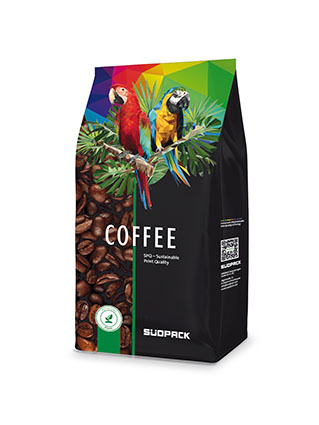
With SPQ technology (Sustainable Print Quality) in flexographic and gravure printing, among other things, the carbon footprint of package printing can be significantly optimized: SPQ is based on a color palette that enables all print designs to be mapped in a process-stable manner and with a high degree of automation.
Using this technology for rotogravure printing requires the complete standardization of machine and process parameters as well as smart color management. And just like for flexo printing, all of the designs are mapped automatically in the pre-press stage using a reduced color palette.
Thanks to the PUR-based (polyurethane) color system, the ink is also suitable for pasteurization and sterilization. This opens up a wide variety of options for applications that involve heating, for example for packaging ready meals, pet food or baby food. The technology is also ideal for finishing flexible films for high-quality, fast-moving consumer goods, such as coffee, tea or confectionery, because it can also incorporate metallic colors, like gold or silver, as well as coatings for texture and other finishes. The process is also suitable for imprinting Digimarc digital watermarks.
Primary focus – sustainability
Using SPQ can significantly reduce the carbon footprint of package printing. This is due in particular to the reduction of the standard color palette from ten to just seven colors, which decreases both ink and solvent consumption. “With SPQ, we significantly reduce ink consumption, ink waste and the number of color changes. Even though the color palette is reduced to seven colors, it is still possible to realize virtually the entire color spectrum as well as additional metallic colors – all while maintaining superior print quality similar that of a photo as well as excellent color brilliance,” highlighted Enrico Riesel, Senior Site Director at SÜDPACK Bioggio (CH). In-house calculations performed by SÜDPACK have shown that limiting the palette to seven colors leads to a savings of approximately 36.5% in a typical standard process for a print order for 15 thousand running meters.
Additional factors in terms of sustainability include lower energy consumption and the reduction of film waste that would have usually been produced during the changeover on printing machines for the next print order.
Greater efficiency with real added value for customers
SÜDPACK customers benefit most particularly from the reduced amount of effort required in the pre-press stage. Using a strictly defined color space eliminates not only constant color adjustments, but also complex and costly on-site print approval. An additional advantage is that different print designs can be combined in one print order.
Impressive print quality and color brilliance
Last but not least, the new technology stands out due to its high register accuracy as well as its outstanding color consistency and color brilliance. This is thanks to consistent, smart color management along the process chain, which, as Enrico Riesel confirmed, “completely reinterpreted and reconceptualized the project from the very beginning”. Realistically speaking, the standardized color palette can create approximately 95% of all Pantone colors – and does so with stable, reproducible color conversion. As a result, SPQ completely eliminates all of the adjustments that had been necessary for conventional printing processes too.





